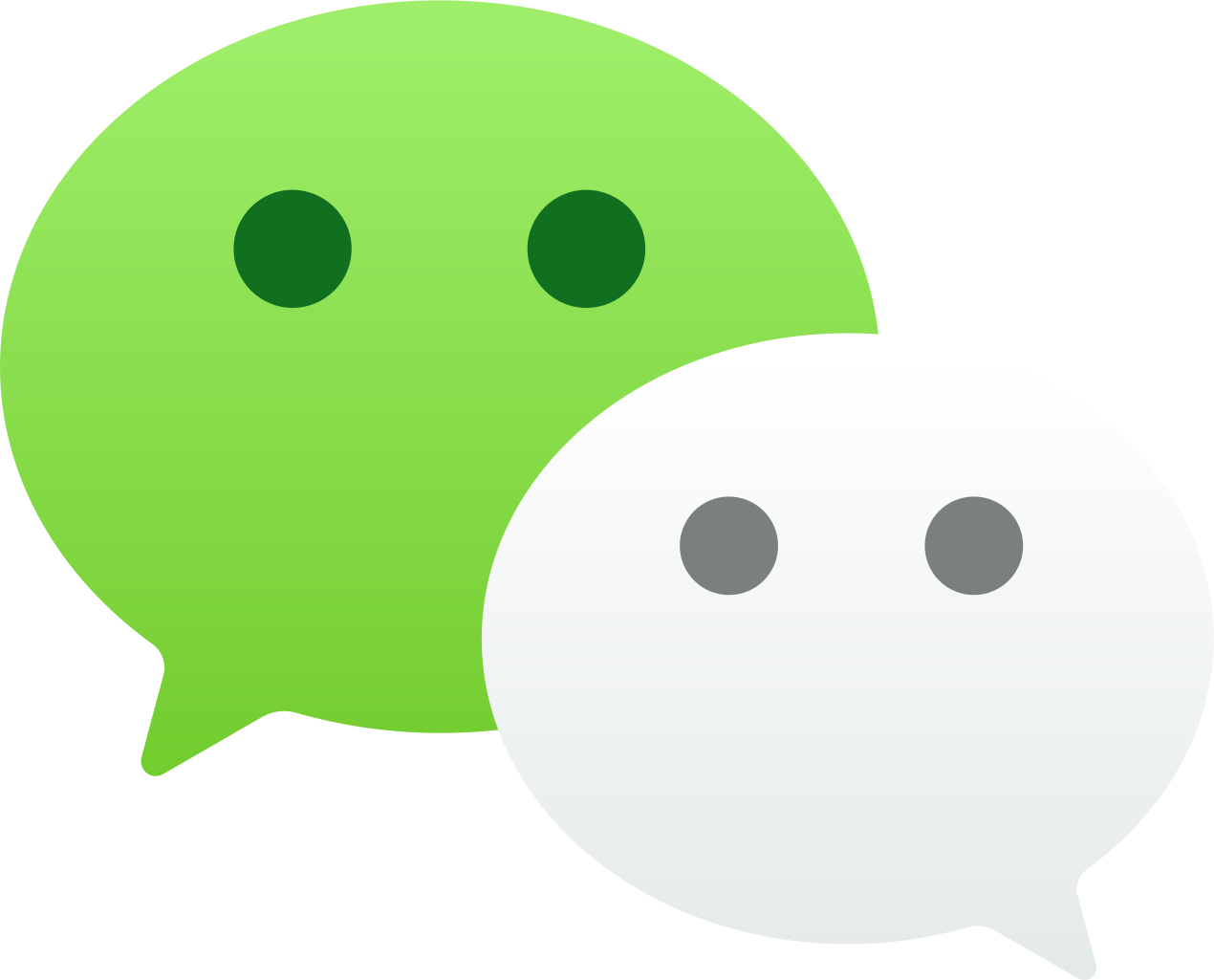Our China PR expert, Esther Molina, takes a look at China’s most influential digital platform
Many people outside of China will have heard of WeChat and its efforts to take over the digital world. What started life as a messaging app has grown into a complex online ecosystem, touching almost every aspect of the social and digital environment.
WeChat does what WhatsApp, Facebook Messenger, Instagram, YouTube, Google and PayPal all do, but in a single app. It also offers other functions such as food delivery, group buys, mobile phone top-up, payment of utility bills and investments, as well as offering links to third party vendors for buying air and rail tickets, movie tickets, ride hailing, bike share, hotel bookings, second-hand sales and more.
With more than 1bn users, WeChat accounts for 30% of all mobile data use in China. Every Chinese person with a mobile phone has WeChat – it has rapidly taken over the nation in every aspect, from social to business. Instead of handing over a company business card, the common request these days is to connect via WeChat.
WeChat Pay and Alipay have ushered in a cashless society in China, where many people now leave home with just their mobile phones. Here, almost anything can be paid for using either app, from purchases in major stores to independent food vendors, or even a farmer selling peaches off the back of a bicycle.

WeChat and Business
Within the retail and luxury goods sectors, WeChat KOL (Key Opinion Leaders) who have a large following are becoming highly sought-after for favourable reviews and commentary. This is quickly becoming the ‘new media’ and traditional print media is being pushed aside in favour of these influencers.
However, while WeChat is a valuable tool for B2C – business to consumer – companies, the use of WeChat, and KOL in particular, may not be the best solution for every industry. For those that focus on B2B products and services, a different approach must be taken to ensure you’re hitting the right audience.
WeChat and B2C2B – Business 2 Consumer 2 Business
For B2B, WeChat can be used to promote your business and its products in much the same way as in traditional media, or on other social platforms like Twitter. It can be a space in which to educate your target audience, to be a thought leader, share information, and create engaging content.
In order to create a buzz, engagement with other business leaders and influencers within the industry must be a priority. Sharing data, commenting on posts and analysing relevant and related topics from a consumer perspective helps to connect with those new to the industry on a personal level, making it accessible to a wider audience.
Ultimately, the goal is to become the go-to source where people come to pick up reliable news and interesting information on the industry and, by association, on your core business. This means publishing information and news that may not be directly relevant to your products but will be of interest to your target audience.
Posting regularly and consistently is key. By making posts simple, relevant and fun, businesses can reach their target audience, gain and retain followers, and breed customer loyalty. With the right engagement, customers (be they B2B or B2C) can become brand advocates, bringing WeChat recommendations into the real world.








